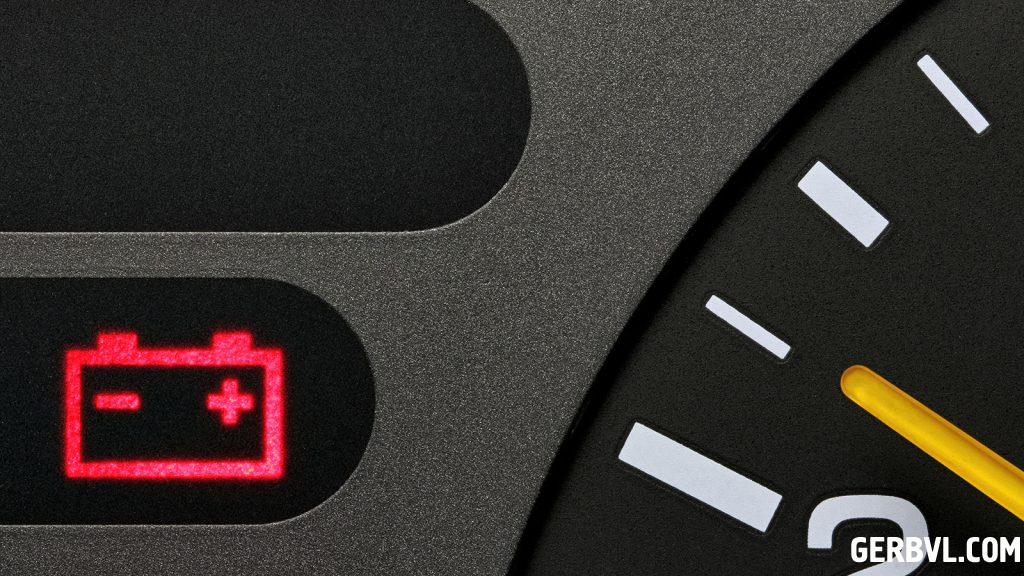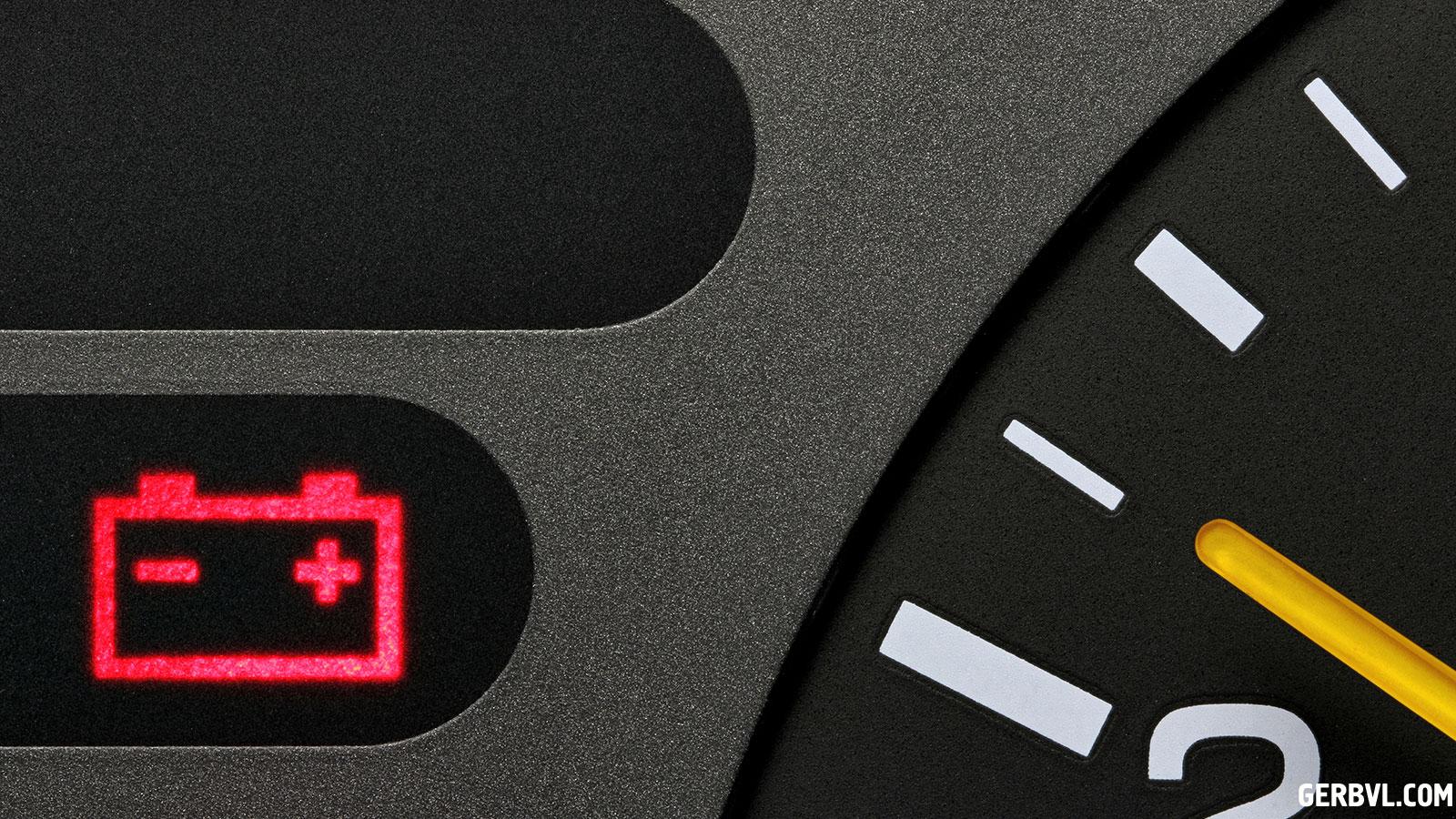This terrifying situation happens frequently: you are driving along, taking it easy, then all of a sudden your car’s battery light comes on. Determining whether or not it is safe to drive with the battery light on might be difficult. Making that call might be nerve-wracking if you’re not acquainted with vehicles.

WHY IS MY CAR’S BATTERY LIGHT ON?
First things first: you probably don’t need to worry if your car’s battery light illuminates when you switch it on. Occasionally, when you start your automobile, the battery light may on, but it will immediately flip off. If this is the case, don’t worry about it.
Second, most people think that the battery light in your car indicates that your battery is failing, which makes it one of the most misinterpreted lights in your car. The light is on for a different reason than a dead battery, but it may be in some of these situations. The reason the light is on is that your alternator is not getting enough juice. This light was formerly known as the generator light in the past, and it frequently had the acronym “GEN” written on it. A few of them switched to “ALT,” but ultimately this light evolved into a little battery symbol or phrase, and the remainder is misinterpreted history.
It’s important to understand that a battery light does not necessarily indicate a malfunctioning battery. It does imply that your car’s complete electrical system is dependent on your battery, so if you don’t take care of it right away, it will die.
CAN YOU USE THE BATTERY LIGHT ON AND DRIVE YOUR CAR?
The quick response to this is “Yes.” To be precise, the response is “Probably not for too long.” When your car’s battery light illuminates, it usually indicates that there is a problem preventing the electric system from receiving a charge from the battery, leaving your automobile operating only on battery power. Basically, you shouldn’t expect to be able to drive your car for very long if you notice the battery light on when it’s running. Consider it analogous to taking your phone off of the electrical charger. Your phone will run on 100% charge for as long as it is plugged in. When you unplug it, battery power is used. It’s likely that your phone will die within a day.
Many factors determine how long your car will run with the battery indicator on, but if your alternator is the problem—which is the most common problem—you can probably expect your car to run out of battery power after 30 to 60 minutes of driving. Most automobile batteries take roughly this long to drain all the way to the point where the ignition system is unable to start the vehicle. Naturally, this varies depending on your automobile and battery; certain vehicles may have a longer lifespan than others.
If your automobile has power windows, other indicators that something is wrong with the electrical system might be a non-functioning radio or windows that won’t roll up or down. It’s possible that the temperature control system or headlights will also give you trouble.
IF THE BATTERY LIGHT IS ON, WHAT CAN I DO?
If you notice the battery light come on, it’s best to try to get your car home or to a mechanic’s garage as soon as you can. First things first, make sure you maintain the engine running if you are unable to accomplish this. For whatever reason, don’t turn it off. You probably won’t be able to start the car again without a jump if the engine is turned off, and if you’re in a place where mechanics are hard to come by, you probably won’t have simple access to a jump either.
Additionally, you should make sure that any elements of the automobile that consume power unnecessarily are turned off. This entails shutting off the audio, air conditioning, and maybe the dome lights. If your car has power windows, you should also attempt to avoid rolling them up or down. Make sure that any external gadgets, such as cell phones, that are hooked into your car are unplugged. Driving at night is dangerous, so if it’s dark outside, make sure to keep your headlights on for as long as you can.
Recognize that driving with the light on can eventually lead to problems with your battery. Specifically, the fast draining of the battery can result in the battery going poor and preventing recharging.
